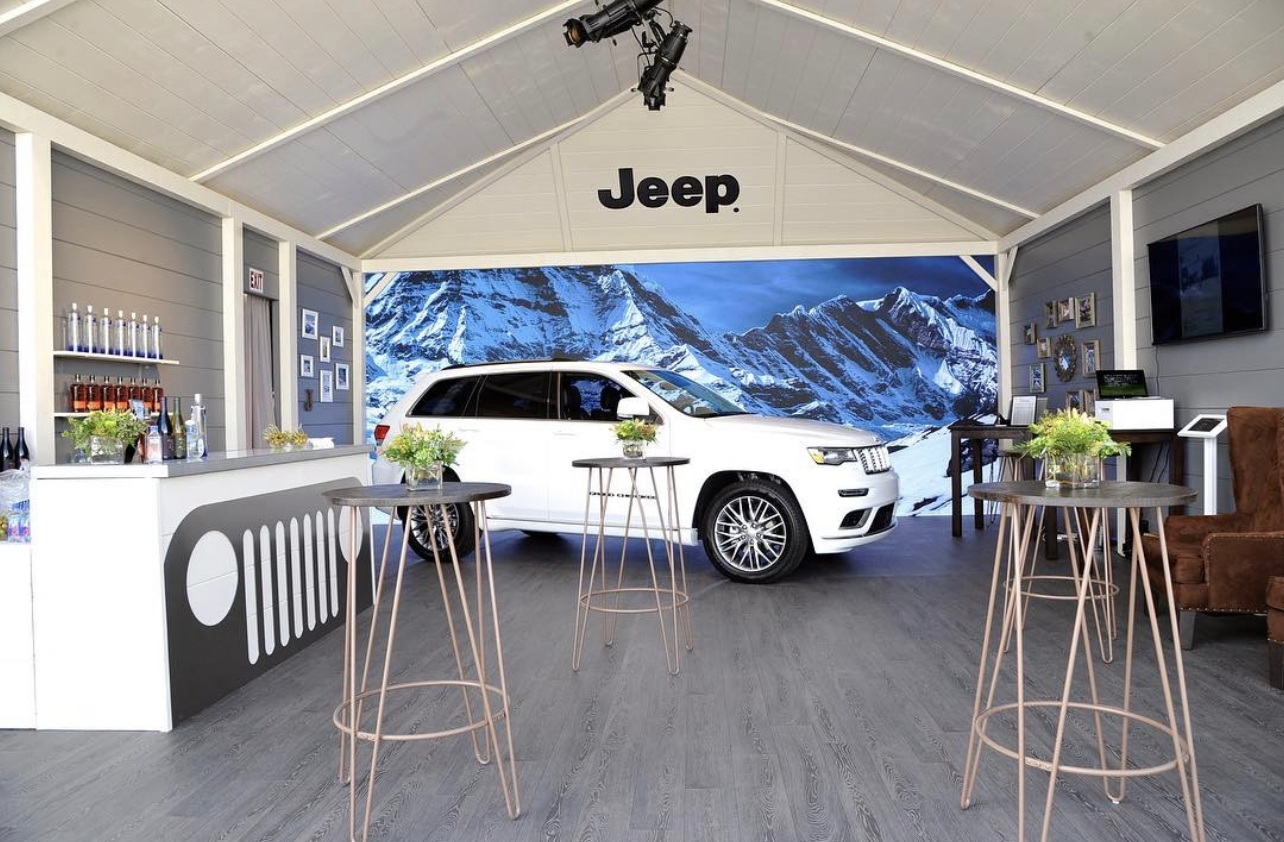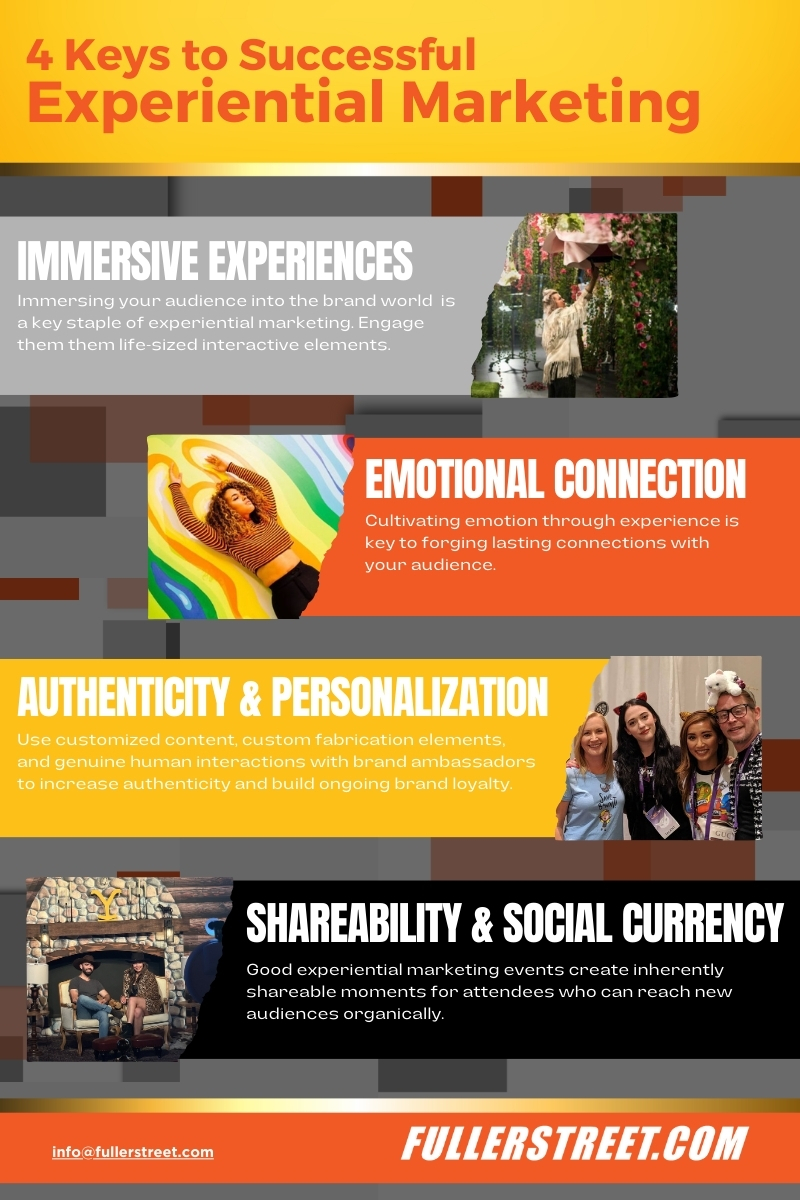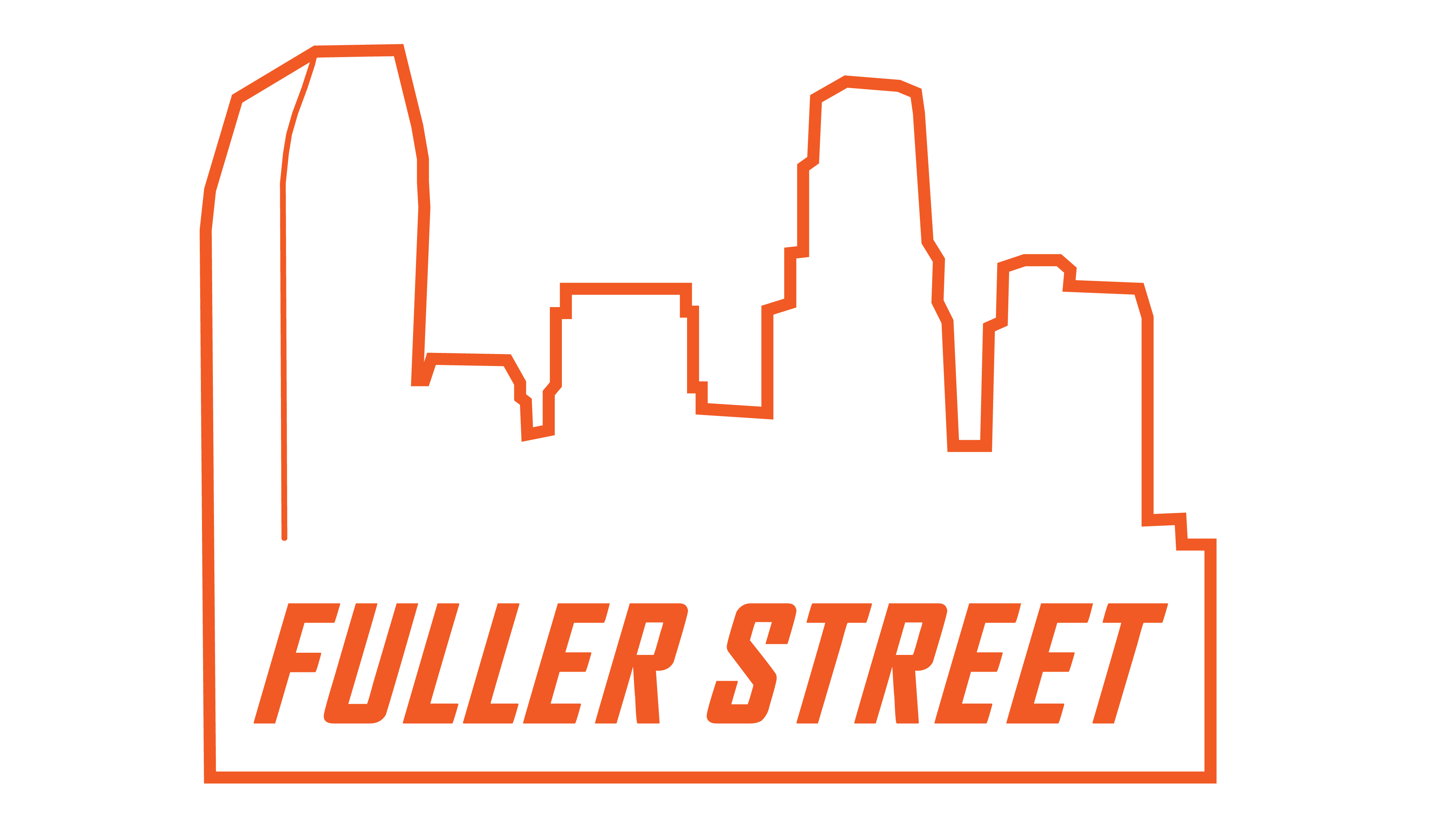What is Experiential Marketing?
Experiential marketing is a transformative approach to brand engagement that goes beyond the confines of traditional advertising, inviting consumers on a journey of discovery and delight through close brand interaction. It is a means of making deeper connections between brand and consumer by way of interactive and engaging events.
Experiential marketing, also known as engagement marketing, is like throwing a party where your brand is the backdrop and your customers are the guests of honor. So instead of bombarding potential customers with ads they can easily scroll past, skip, and ignore, experiential marketing invites consumers to step into a world crafted just for them.
Imagine: Instead of customers sitting on the couch watching ads about your event, product, or service, they can actually walk through the world of your brand where they can touch, taste, and experience firsthand an immersive and memorable experience. That’s the experiential marketing! As opposed to watching commercials for Coca Cola, they can enter a world where they touch, taste, and experience the refreshment and coolness of Coca Cola firsthand complete with a life-sized Coke bottle, refreshing misters, music, and celebrity guests. That’s the experience part of experiential marketing!
However you may still wonder how experiential marketing holds the key to unlocking the hearts (and wallets!) of today’s discerning consumers. So let’s look further at how this marketing approach continues to redefine the way audiences experience their favorite brands.

How Does Experiential Marketing Differ from Traditional Marketing?
Consider this scenario:
You’ve just launched a great product. Everyone in the company bubbles with excitement. You’ve done the market research, spent hours on the business plan, and secured the financial backing. But now you’re trying to figure out how to connect customers to your amazing product.
How hard could it really be to reach your customers?
With modern commerce turning the quest for sales and brand recognition into an ongoing battle for customer attention, brands are forced to vie for ad real estate in an increasingly dense landscape while navigating a labyrinth of dwindling budgets and fleeting attention spans of their once-loyal customer base. As a result, the world of advertising’s once reliable methods of attraction and conversion now struggle to cut through the noise.
But what about digital marketing? Isn’t that where it makes the most sense to advertise these days? Yes, but with the digital landscape changing almost daily at breakneck paces, the challenge of capturing the hearts and minds of potential customers has never been more daunting as their eyes bounce from one app to the next. The digital space was once a wide-open platform for brand connection, but now it mostly resembles an overcrowded marketplace with an array of voices clamoring with requests to click, like, follow, subscribe, and share.
So in this age of where information is increasing and attention is decreasing, how can brands hope to stand out and make a lasting impression to cut through the sea of sameness?
Enter experiential marketing.
Traditional marketing, such as TV commercials or sponsored posts, is comparable to trying to get someone’s attention by shouting at them from across a crowded cafeteria all while the rest of the room shouts to them at the same time. Sure, you might catch your customer’s attention for a moment, but chances are they’ll tune you out – or worse, forget about you entirely once they scroll away.
Experiential marketing, on the other hand, is like inviting that customer to pull up a chair at a table just for them to have a one-on-one chat. It’s personal, it’s engaging, and most importantly, it’s memorable.
The Heart of Experiential Marketing
A personal and lasting connection is at the core of experiential marketing. Therefore, this marketing approach champions the idea of creating unforgettable experiences that speak directly to your audience’s hearts and interests as it pertains to your brand. Experiential marketing is about tapping into emotions, sparking joy, and taking individuals and connecting them through something special. So instead of pushing your product into the community, you create a community around your product.
Think of the last time you went to a music festival or attended a pop-up brand event. Chances are, you walked away with a more than just a free sample and a coupon. You most likely walked away with new friends, shareable memories, and a strong desire to tell everyone about it. And that, my friend, is the secret sauce of experiential marketing.
4 Key Components to Successful Experiential Marketing
What exactly goes into crafting these magical brand experiences? Here are a few key ingredients we’ve seen be successful:
1. Immersive Experiences
If you’ve ever been to a theme park, interactive museum, or even walked through a downtown area, then you know the feeling of being immersed in another world. That’s the goal of experiential marketing. Transporting your audience into a world where your brand completely surrounds them, giving them life-sized elements to interact with builds towards a successful experiential brand experience.
2. Emotional Connection
Emotional connections drive the human experience. Remember the last time you cried during a movie or got chills listening to your favorite song? Or when your first child was born, you had your first kiss, or got your first car. Similarly, the power of experiential marketing aims to evoke the same level of emotional connection by creating experiences that resonate on a deep, emotional level. Whether it’s laughter, nostalgia, or excitement, tapping into emotions is key to forging lasting connections with your audience.
We recently did a build for a popular children’s television show. And the only thing better than the joy, laughter, and fun shared by the kids, was the joy, laughter, and appreciation the parents had for the event and even more than before – the show itself. With life-sized interactions, everyone connected deeper with the brand and each other. And isn’t that the whole point?
3. Authenticity and Personalization
With everyone under 24/7 bombardment with ads, making an authentic connection is more important than ever. Through interactive engagement, experiential marketing allows brands to connect with customers on a personal level. By implementing customized content, custom fabricated interactive elements, and genuine human interactions with brand ambassadors, you increase your ability to build trust and loyalty between your fans and your brand.
4. Shareability and Social Currency
Hate it or love it, we live in a social media-entrenched world. And while traditional paid advertising can be hit and miss based on your keyword ninja skills and the mercy of the algorithm gods, experiential marketing is tailor-made for the social media generation. Good experiential marketing events create inherently shareable moments, which as a result turns your customers into immediate brand ambassadors who can reach new audiences organically. Just think about the last time you saw a friend post about a cool event, experience, or new product they just got. You were likely somewhat interested too, and because the info came from a trusted source, the likelihood to become a new customer increases significantly.

Experiential Marketing that hit the mark.
Enough theory— take a look at some real-world examples in action!
Red Bull Stratos
Remember when Felix Baumgartner jumped from the edge of space? That wasn’t just a crazy stunt—it was a masterclass in experiential marketing. By livestreaming the event and inviting viewers to be part of the action, Red Bull created a moment that captured the world’s imagination, brought people together in heavy anticipation, and showcased their brand values of adrenaline and adventure.
The IKEA Sleepover
IKEA’s “One Night Club” campaign wasn’t just about selling furniture—it was about giving customers an experience they’d never forget. By inviting guests to spend the night in one of their stores, IKEA turned shopping into a fun, immersive adventure, complete with midnight snacks and comfy beds. You have to wonder how many Majsmott comforter sets they sold the morning after!
Coca-Cola’s Share a Coke Campaign
Who would’ve thought something as simple as putting names on Coke bottles could create such a frenzy? Coca-Cola’s “Share a Coke” campaign personalized their products in a way that felt deeply personal, sparking conversations and social sharing across the globe.
Why Experiential Marketing Matters More Than Ever
In today’s hyper-connected world, customers crave authenticity, connection, and meaningful experiences. Experiential marketing isn’t just a trend — it’s a fundamental shift in how brands engage with their audiences. By going beyond traditional ads and creating experiences that resonate on a personal level, brands can cut through the noise and forge genuine connections that last a lifetime.
As experiential marketing continues to reshape the world of sales and advertising, Fuller Street can help guide your journey to a successful brand event. We can help you find a niche that fits your brand and budget. Experiential marketing is a key to bridging meaningful connections with your current and future customers. So dive in, and let us help you experience the magic for yourself!


